The newly established “Reintroducing the Polesskaya horse” initiative is working to rescue one of Europe’s most endangered equine species. European Rewilding Network membership will help the rewilding team realise their vision.
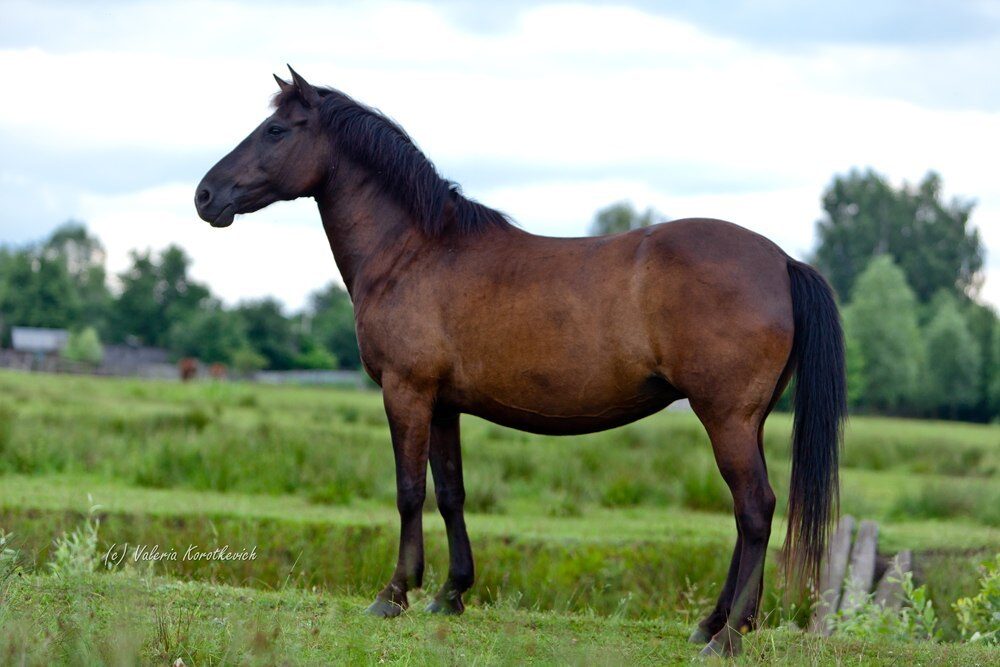
Endangered equine
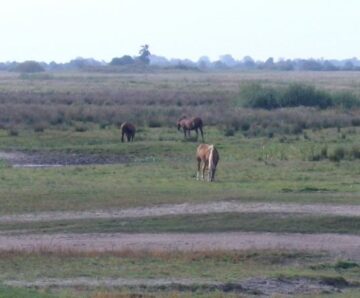
Wild horses once roamed widely across Europe. They helped to maintain biodiversity-rich mosaic (half-open, half-wooded) landscapes through their grazing, trampling and other behaviour, and were an important part of local food webs. Over time, populations of such horses declined dramatically due to hunting pressure and the rise of domestic livestock and agriculture, and eventually disappeared completely.
Yet while the European wild horse is officially extinct, its genetic material is still found in many European native horse breeds, such as the Exmoor ponies of the United Kingdom and the Hucul ponies of Eastern Europe’s Carpathian Mountains. These rugged animals still boast many of the characteristics of their ancestors, making them particularly suitable for rewilding and the grazing of wild habitats. Another example is the endangered Polesskaya (or Polesian) horse, a compact and incredibly hardy animal which has lived for centuries in the marshy and forested lowlands of Polesia in southern Belarus.
Stronger together
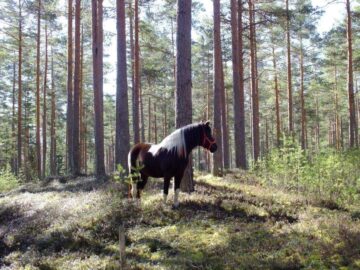
In recent times, the survival of the Polesskaya horse has been threatened by a variety of socio-economic factors, with the breed suffering from a complete lack of targeted breeding. Established in 2021, the “Reintroducing the Polesskaya horse” initiative – a collaboration between the Institute of Genetics and Cytology at the National Academy of Sciences of Belarus (IGC) and the Sporovksky Nature Reserve – aims to improve the status of the breed by establishing a population of horses in the reserve. Here they can play an important role maintaining the biodiversity of the reserve’s unique complex of low-lying marshes.
The initiative has just become the European Rewilding Network’s (ERN) latest addition, with membership now totalling 75 members across 27 countries. With other members involved in the rewilding of horses, the initiative’s inclusion will strengthen the network’s collective expertise and assist the Belarusian team in their rewilding efforts.
“We are delighted to be joining this network of rewilding pioneers and look forward to exchanging ideas and information, particularly with regard to DNA analysis,” says Dr. Elena Makeyeva, who is heading up the Polesskaya horse initiative. “Membership will help us achieve our goal of restoring a free-roaming population of Polesskaya horses, which in turn will help to create and maintain landscapes that are richer in biodiversity.”
Beneficial impact
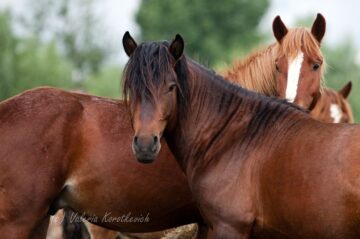
The Sporovksy Biological Reserve is bisected by the River Yaselda. Reintroduction of the Polesskaya horse will help to restore floodplain meadows, which are home to rare and globally threatened species such as the aquatic warbler, great snipe, black-tailed godwit and common redshank. Without natural grazing by herbivores such as horses, these meadows eventually become overgrown and of lower biodiversity value.
The initiative will involve a number of measures, including undertaking an inventory of surviving Polesskaya horses, DNA analysis, stakeholder seminars, a promotional campaign, and development of a strategy for using native Belarusian breeds in a range of ecological, cultural and economic activities. The aim is to eventually extend the initiative to other natural areas in Belarus in order to conserve populations of such native breeds and associated traditional knowledge, and to enhance the beneficial role they play in maintaining biodiversity.
“The best horses will be kept in local stud farms for use in the breeding programme, while the rest will be located on the reserve and allowed to breed naturally with the stallions,” explains Dr. Elena Makeyeva. “We hope that the possibility of seeing these rewilded horses in nature will attract many more tourists to the reserve.”
A platform for exchange
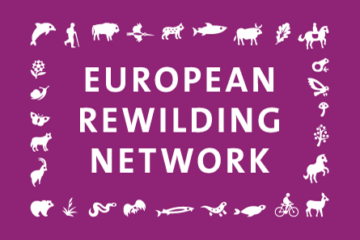 Today rewilding is gaining momentum as a progressive and effective approach to conservation in Europe. Underpinning this trend, the burgeoning European Rewilding Network continues to foster collaboration and amplify results.
Today rewilding is gaining momentum as a progressive and effective approach to conservation in Europe. Underpinning this trend, the burgeoning European Rewilding Network continues to foster collaboration and amplify results.
Founded by Rewilding Europe in 2013, the aim of the ERN is to enhance the efforts of each member by facilitating the exchange of skills, insight and experience. Members meet regularly, usually via webinar, while nature-based businesses can also apply to Rewilding Europe Capital, Rewilding Europe’s enterprise loan facility.
Rewilding Europe extends a warm welcome to all European rewilding initiatives that focus on practical, result-oriented rewilding and encourages them to apply for ERN membership.
